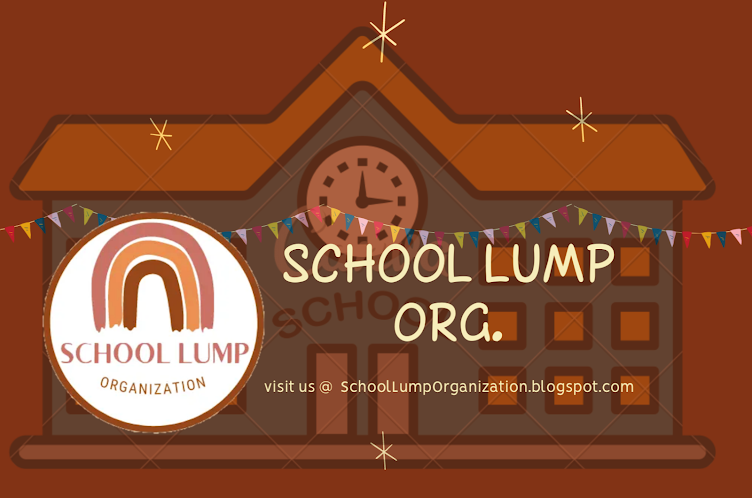To the heroes who shape the future's mold,
With hearts of gold and spirits bold,
This ode is for you, teachers dear,
The guiding lights we hold so near.
With patience and love, you stand tall,
Nurturing minds, inspiring all.
In classrooms where dreams come alive,
You empower, uplift, and help them thrive.
You ignite the flames of curiosity's fire,
Fanning the embers of each young desire.
Guiding them through the realms of thought,
With lessons taught and wisdom sought.
You're more than instructors, you're mentors true,
Teaching not just what to learn, but how to pursue.
Encouraging dreams to take flight,
Instilling values, shaping what's right.
In your embrace, students find solace,
A safe haven where they can show their promise.
You believe in their potential, see their worth,
Unleashing their greatness upon this Earth.
You celebrate victories, big and small,
In every stumble, you catch them when they fall.
You wipe away tears, soothe every doubt,
For your compassion, there's no measure to amount.
In a world that often undervalues,
You're the beacons of hope that always choose,
To uplift, inspire, and motivate,
To instill confidence and eradicate hate.
Your impact extends far beyond the walls,
Of classrooms filled with echoes and calls.
You shape lives, change destinies,
Leaving footprints of love and memories.
So here's to you, educators bold,
With hearts of warmth and stories untold.
May you continue to light the way,
For the students who come your way.
You are the builders of a brighter tomorrow,
The catalysts for growth, banishing sorrow.
You hold the power to make dreams come true,
Thank you, teachers, for all that you do.
